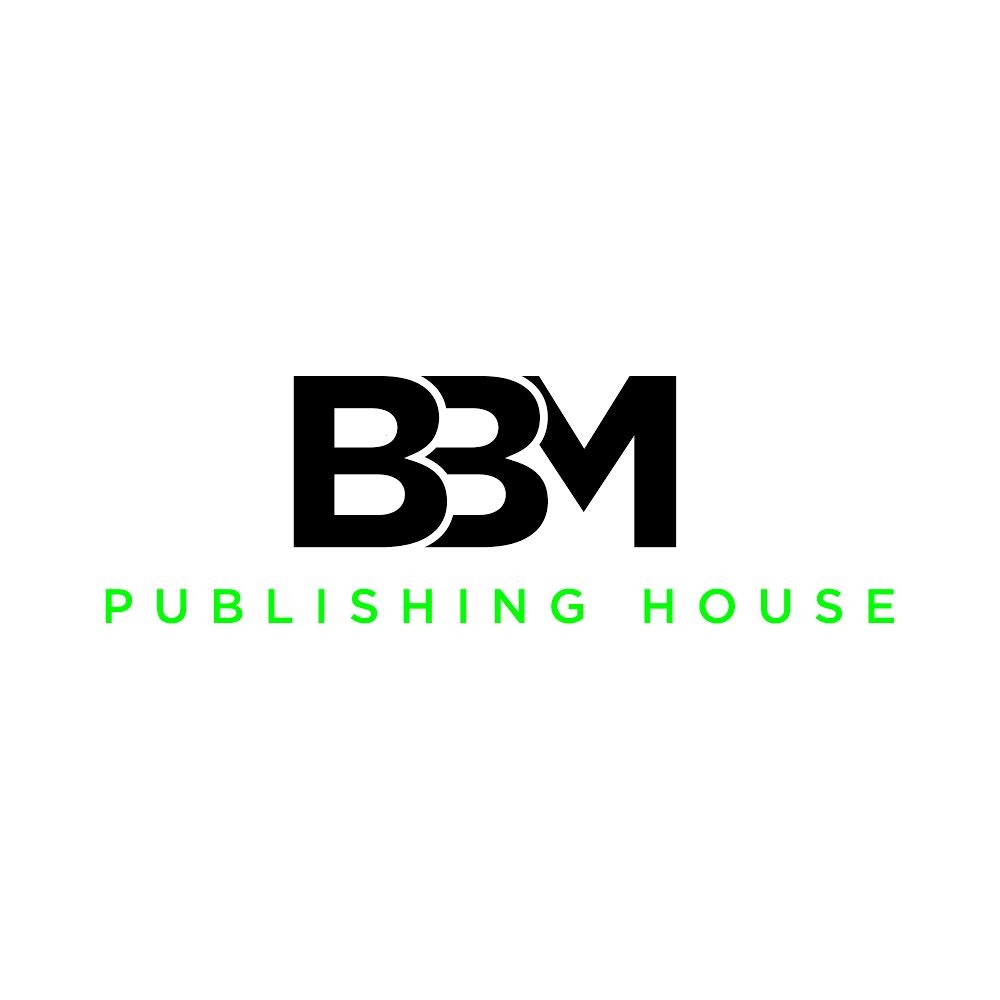The Future of SaaS: Emerging Trends and Innovations

In recent years, Software as a Service (SaaS) has revolutionized the way businesses operate, providing scalable, efficient, and cost-effective solutions. As the digital landscape continues to evolve, so does the SaaS industry. Staying ahead of the curve requires understanding the emerging trends and innovations that are shaping the future of SaaS. This article delves into these developments, offering insights for web developers and industry professionals keen to stay informed.
AI and Machine Learning Integration
Artificial Intelligence (AI) and Machine Learning (ML) are no longer just buzzwords; they are integral components of modern SaaS solutions. These technologies enhance the capabilities of SaaS applications by automating tasks, providing predictive analytics, and improving decision-making processes.
AI-Powered Analytics: SaaS platforms are increasingly incorporating AI to analyze large datasets, providing businesses with actionable insights. This integration helps in identifying trends, forecasting demand, and optimizing operations.
Personalization: Machine learning algorithms enable SaaS applications to offer personalized experiences to users. By analyzing user behavior, these systems can tailor recommendations and content, thereby improving user engagement and satisfaction.
Automation: AI-driven automation in SaaS reduces manual intervention, streamlining workflows, and enhancing productivity. Tasks such as customer support, data entry, and routine maintenance can be efficiently handled by AI, freeing up human resources for more strategic activities.
Microservices Architecture
The adoption of microservices architecture is a significant trend in the SaaS industry. Unlike monolithic applications, microservices break down applications into smaller, independent services that can be developed, deployed, and scaled individually.
Scalability and Flexibility: Microservices allow for better scalability as each service can be scaled independently based on demand. This flexibility ensures that SaaS applications can handle increased loads without compromising performance.
Continuous Deployment: Microservices enable continuous integration and deployment, allowing for faster updates and improvements. This approach reduces downtime and ensures that users always have access to the latest features.
Resilience: By isolating services, microservices architecture improves the resilience of SaaS applications. If one service fails, it does not affect the entire application, thereby enhancing reliability.
Enhanced Security Measures
As cyber threats become more sophisticated, SaaS providers are prioritizing security to protect user data and maintain trust. Emerging security innovations are critical in safeguarding sensitive information and ensuring compliance with regulations.
Zero Trust Security: The Zero Trust model assumes that threats can exist both inside and outside the network. SaaS providers are adopting this model to enforce strict access controls, continuous monitoring, and identity verification.
Encryption: Advanced encryption methods are being implemented to protect data both at rest and in transit. End-to-end encryption ensures that data is secure from unauthorized access.
Compliance: With regulations like GDPR and CCPA, SaaS providers are enhancing their compliance frameworks. Automated compliance monitoring and reporting tools help businesses adhere to regulatory requirements.
Increased Focus on User Experience (UX)
User experience is a critical factor in the success of SaaS applications. Providers are investing heavily in UX design to create intuitive, user-friendly interfaces that enhance engagement and satisfaction.
Responsive Design: Ensuring that SaaS applications provide a seamless experience across different devices is essential. Responsive design techniques ensure that interfaces are optimized for desktops, tablets, and smartphones.
User-Centric Features: SaaS providers are focusing on features that address the specific needs and pain points of users. This approach involves user feedback loops, iterative design processes, and continuous improvement.
Accessibility: Making SaaS applications accessible to all users, including those with disabilities, is becoming a standard practice. Features like screen reader compatibility, keyboard navigation, and customizable interfaces ensure inclusivity.
Integration with Other SaaS Applications
Interoperability between different SaaS applications is crucial for providing a seamless experience to users. The trend towards integration allows businesses to leverage multiple SaaS solutions in a cohesive manner.
APIs and SDKs: Robust APIs (Application Programming Interfaces) and SDKs (Software Development Kits) enable easy integration between different SaaS applications. This interoperability allows businesses to create customized workflows and streamline operations.
Unified Dashboards: Integration often leads to the creation of unified dashboards that consolidate data from various sources. This holistic view helps in better decision-making and simplifies data management.
Ecosystems: SaaS providers are building ecosystems where their applications can seamlessly interact with third-party solutions. These ecosystems foster innovation and provide users with a wide range of functionalities.
Blockchain Technology
Blockchain technology is gradually making its way into the SaaS industry, offering enhanced security, transparency, and traceability.
Decentralization: Blockchain enables decentralized applications (dApps) that do not rely on a central authority. This decentralization enhances security and reduces the risk of single points of failure.
Smart Contracts: Smart contracts on blockchain platforms automate contractual agreements, ensuring that terms are met without the need for intermediaries. This innovation streamlines processes and reduces operational costs.
Data Integrity: Blockchain's immutable ledger ensures that data cannot be altered once recorded. This feature provides a high level of data integrity and trust, which is crucial for industries such as finance and healthcare.
The Rise of No-Code and Low-Code Platforms
No-code and low-code platforms are democratizing SaaS development by enabling users with little to no coding experience to create applications.
Accessibility: These platforms make it easier for non-developers to build and deploy SaaS applications, thereby expanding the pool of potential developers.
Speed: No-code and low-code platforms accelerate the development process, allowing businesses to bring their ideas
to market more quickly. This increased speed fosters innovation and allows for rapid prototyping and iteration.
Cost Efficiency: By reducing the need for extensive coding knowledge, no-code and low-code platforms lower development costs. This makes it feasible for smaller businesses and startups to develop robust SaaS applications without a significant financial investment.
The SaaS landscape is evolving rapidly, driven by advancements in technology and changing user expectations. From AI and machine learning integration to microservices architecture and enhanced security measures, the future of SaaS promises to be dynamic and innovative.
As a web developer, staying abreast of these emerging trends and innovations is crucial for maintaining a competitive edge. Whether it's through adopting new architectural frameworks, enhancing user experience, or integrating cutting-edge technologies like blockchain, the opportunities to innovate and improve are vast.
To harness the full potential of these trends, consider collaborating with experts and leveraging platforms that facilitate modern SaaS development.
For personalized guidance on how to implement these innovations in your projects, book a free web consultation with BBM Publishing House. Stay updated with the latest trends and insights by reading our weekly blog, Web Dev "Unfiltered," at bbmpub.com

Professional UX Designer, Entrepreneur and overall creative. Spenser has been dedicated to sharing stories from our community and creating opportunities for others through various mediums. Founder of Black Business Mine Publishing House, a company that creates content distinctly for OUR community, while offering business consulting, and comprehensive web design and development services.
MILLIONAIRE WEB SERVICES | BOOK FREE WEBSITE CONSULTATION | HIRE ME AS YOUR DEVELOPER
STACKS & STORIES | DIGITAL CRAFT DIGEST | PLAY 2 WIN DA GAME SPORTS



